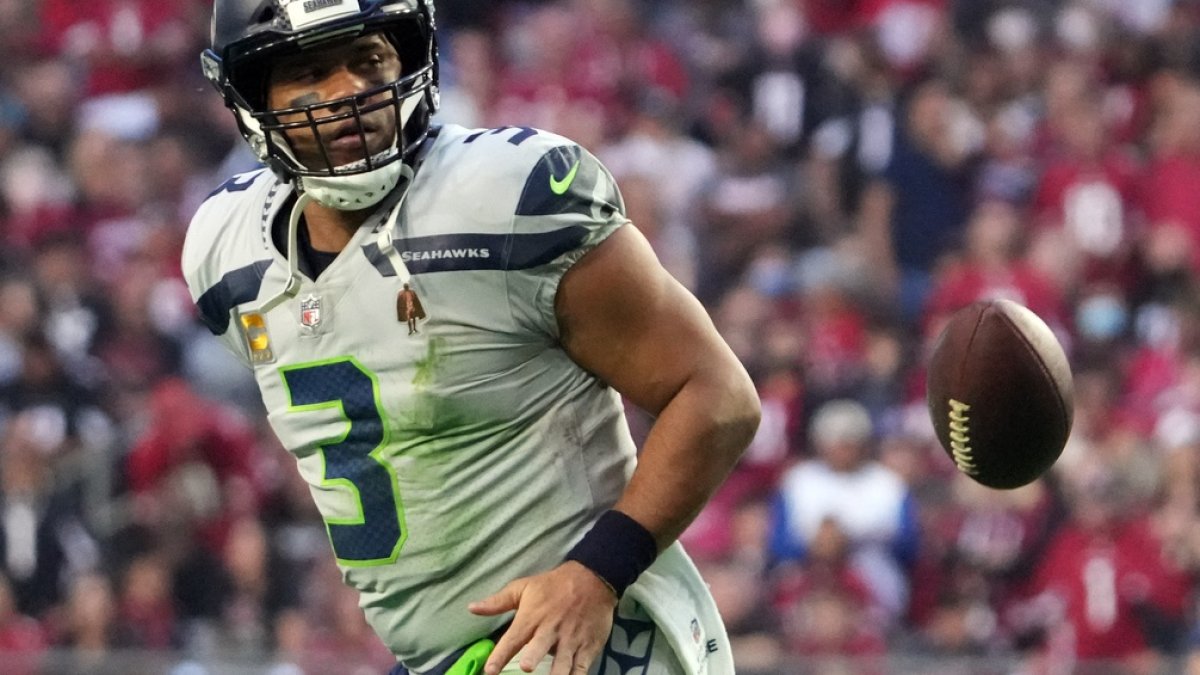The 2020 and 2021 NFL seasons brought us some truly great storylines.
First, the Tampa Bay Buccaneers, a team with the lowest winning percentage in the history of the NFL, a team that had never won back-to-back division titles and had not made the playoffs since 2007, acquired the best player in league history and won the Super Bowl from the five seed before making the playoffs again in 2021 by winning the AFC South and earning the conference’s two seed.
Then the Los Angeles Rams, five years removed from St. Louis, acquired longtime losing quarterback Matthew Stafford (along with several other stars) in an effort to secure the franchise’s second Super Bowl victory. And they did, this time, from the conference’s fourth seed.
Click here for more PFF tools:
Draft Guide & Big Board | Mock Draft Simulator
Dynasty Rankings & Projections | Free Agent Rankings | 2022 QB Annual
Player Grades
The method for winning in the NFL used to be simple. Since the 2011 collective bargaining agreement (CBA), the decision tree is either (a) already have an elite quarterback and do your best to build around him with limited resources, hoping he can overcome roster-level deficiencies with brilliant play, or (b) draft a quarterback and use the bounty from his cheap rookie deal to build a roster that can mask his deficiencies.
The Bucs and the Rams, fresh off the second approach with Jameis Winston and Jared Goff, respectively, upended the approach by putting a veteran quarterback on a ready-made roster. They were not the first to do so, as the 2012 Broncos also had success with this method, though they did acquire Hall of Fame quarterback Peyton Manning.
It doesn't always go well, though. The 2018 Minnesota Vikings sent their franchise in a tailspin by asking Kirk Cousins to take them over the hump, and you can go back to the 2001 Baltimore Ravens and Elvis Grbac to see that there’s certainly a threshold a quarterback needs to meet for it to work.
Last offseason, I wrote about transition probabilities. I bucketed NFL teams into four categories — poor, below average, above average and elite — based upon regular-season-ending marks using our PFF Elo rating system.
A “poor” team is four points worse than the average team on a neutral field. A “below-average” team is between zero and four points worse than the average team on a neutral field. An “above-average” team is between zero and four points better. An “elite” team is four or more points better than the average team on a neutral field.
Below is a plot of the amount of time spent below and above-average since the 2011 CBA, which largely checks out with intuition:
Exclusive content for premium subscribers

WANT TO KEEP READING?
Dominate Fantasy Football & Betting with AI-Powered Data & Tools Trusted By All 32 Teams
Already have a subscription? Log in



 © 2025 PFF - all rights reserved.
© 2025 PFF - all rights reserved.